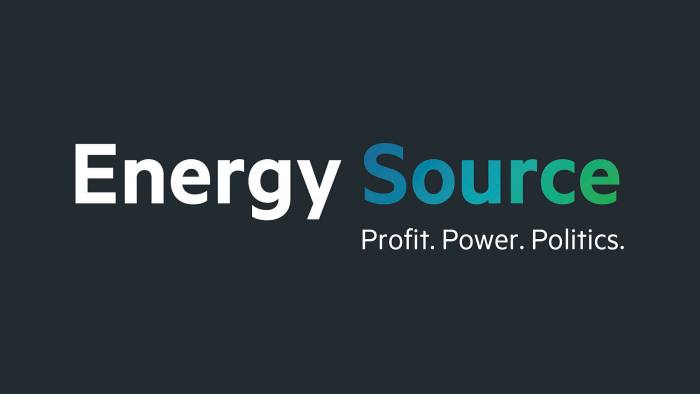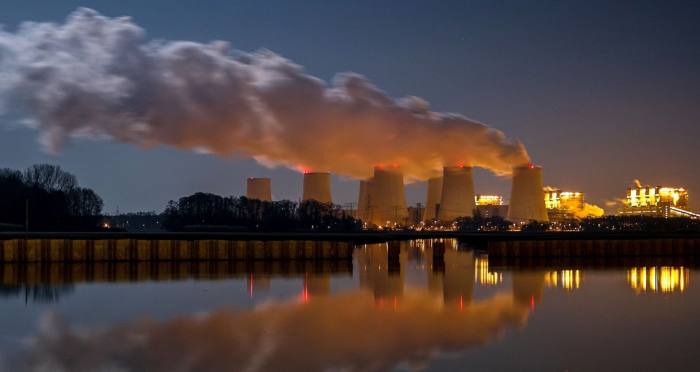Fortescue pledges zero emissions by 2040
Fortescue Metals Group, the miner controlled by Australia’s richest man, has announced ambitious targets to curb the environmental footprint of its iron ore by reinventing itself as a clean energy company.
The Perth-based group on Tuesday said it could reach net zero Scope 3 emissions by 2040 via the use of hydrogen made from renewable energy to produce “green” iron and ultimately steel.
“Fortescue has commenced its transition from a pure play iron ore producer to a green renewables and resources company,” said FMG chief executive Elizabeth Gaines.
Steelmaking accounts for about 7 to 9 per cent of all direct fossil fuels emissions and major iron ore producers are under pressure from investors to address their so-called Scope 3 emissions – the greenhouse gases emitted by the products they sell. These are up 20 times higher than their operational emissions.
FMG’s pledge sets the company apart from its main Australian rivals BHP and Rio Tinto. They have not set absolute targets for Scope 3 emissions and are instead working with customers to reduce the carbon intensity of steel production by 30 per cent over the next decade.
FMG’s founder and 36.7 per cent shareholder Andrew Forrest, the billionaire businessman, is taking a different approach. He believes the decarbonisation of the steelmaking industry could be a big source of profits for the company.
Twice weekly newsletter

Energy is the world’s indispensable business and Energy Source is its newsletter. Every Tuesday and Thursday, direct to your inbox, Energy Source brings you essential news, forward-thinking analysis and insider intelligence. Sign up here.
Through a new division called Fortescue Future Industries, FMG is planning to produce 15m tonnes a year of green hydrogen by 2030 by using renewable energy to separate oxygen and hydrogen atoms from water in devices called electrolysers.
To fund the project, FMG has told investors it will pump 10 per cent of its annual earnings into FFI. On the back of record iron ore prices, FMG reported pre-tax profits of $14.7bn in the year to June.
As well as supplying green hydrogen domestically and overseas, Forrest, who is chair of FMG, wants to use the fuel to produce a green iron that can be sold to its customers and feed directly into an electric arc furnace (EAF) to make steel.
This is an alternative to the traditional steel making process where metallurgical coal is combined with iron ore in giant blast furnaces to churn out molten pig iron, which is then refined into steel.
“Our work . . . will position Fortescue as the first major supplier of green iron ore in the world,” said Julie Shuttleworth, chief executive of FFI.
But there are significant challenges to overcome. To reach its target of producing 15m tonnes of green hydrogen annually by 2030, FMG will require two to three times the entire current electricity supply of Australia to power its electrolysers, according to experts.
Climate Capital

Where climate change meets business, markets and politics. Explore the FT’s coverage here.
Are you curious about the FT’s environmental sustainability commitments? Find out more about our science-based targets here
BHP reckons blast furnaces will still account for over half of steel production in 2050 as Asian steelmakers will be reluctant to switch to EAF given the young age of their fleets. Instead it thinks they will pursue CO2 abatement options.
The Australasian Centre for Corporate Responsibility, a shareholder activist group, welcomed FMG’s announcement.
“BHP and Rio Tinto should be embarrassed by being outdone by a company they once referred to as a ‘junior miner’,” said the group’s climate and director Dan Gocher. “It’s time for BHP and Rio Tinto to set binding targets for their Scope 3 emissions, rather than simply funding research and working with their customers.”
Last month, Glass Lewis, the influential proxy adviser, told its clients to vote against BHP’s Climate Transition Action Plan at next month’s annual meeting, citing concern about its plan to tackle Scope 3 emissions.
Separately, 28 of the world’s biggest mining companies on Tuesday pledged to achieve net zero emissions from their operations by 2050 or sooner.
However, the International Council on Mining and Metals, whose members include BHP and Rio, stopped short of committing to net zero targets for Scope 3. Instead, its members will set Scope 3 targets by the end of 2023 or sooner.